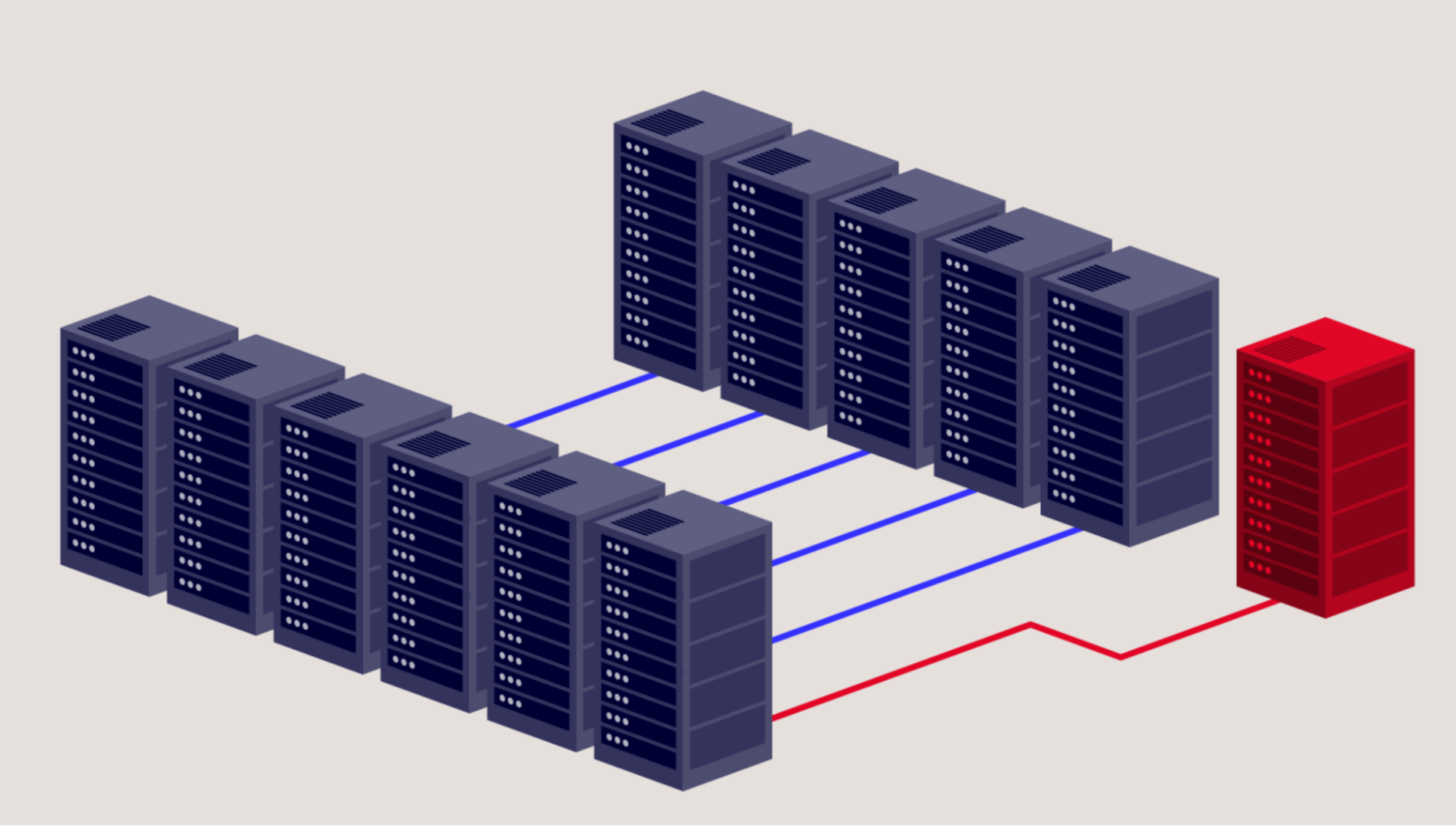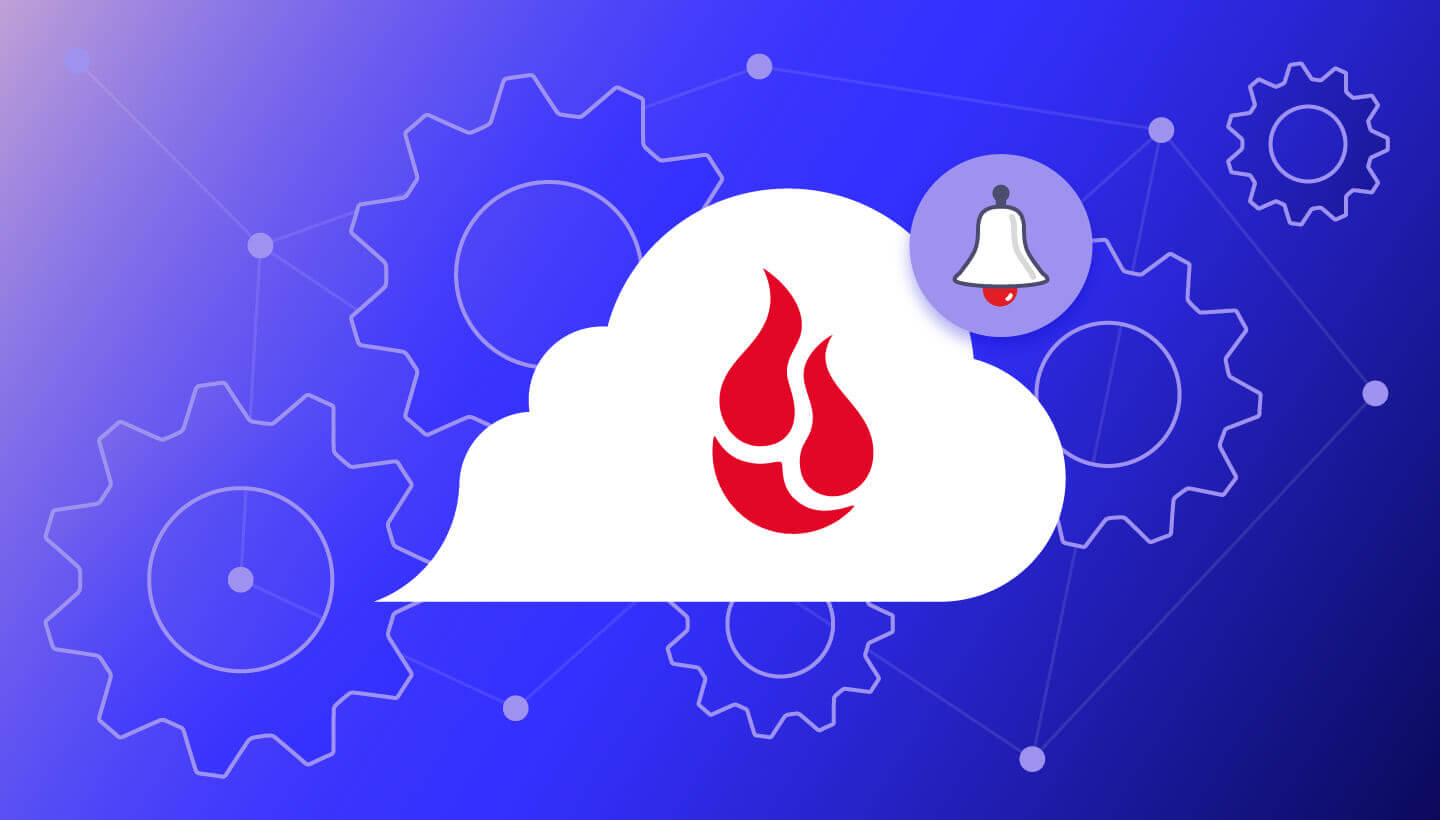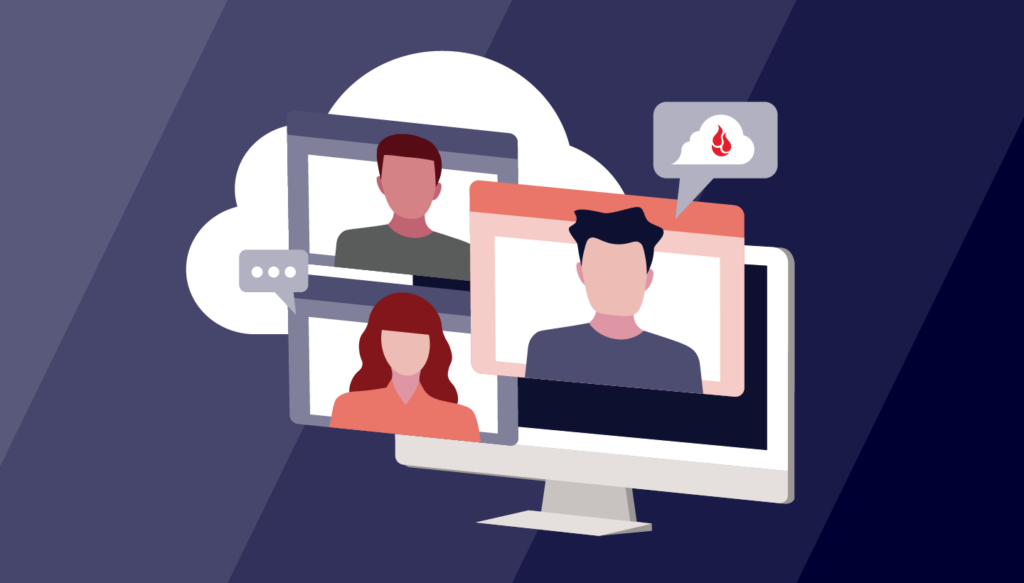
When it comes to navigating the treacherous landscape of a household’s digital ecosystem, from smartphones and laptops to smart homes and millions of subscriptions, there often emerges a silent hero—the ever-humble, quietly toiling, underappreciated Family IT Manager. This unsung role, typically filled by a tech-savvy-est member of the family, takes on the responsibility of keeping everyone’s digital lives running smoothly. Maybe you know one of these vaillant souls. Or maybe, just maybe, it’s you.
As the Family IT Manager, having one more arrow in your quiver with which to slay the dreaded data loss dragon is always helpful. And that’s what Backblaze Groups is all about—making it easier for you to keep track of everyone’s data in one place.
Today, we’re sharing some practical tips and tricks for using Groups to better manage your family’s backups.
Have You Checked Out v9.0?
Backblaze recently rolled out v9.0 to all Backblaze Computer Backup users. If you haven’t had a chance, you can read all about the latest version, including the new Restore App.
What Are Backblaze Groups?
Groups helps you manage the backups your family creates without having to log in and out of individual accounts. This makes it simple to keep track of everyone in one place. All the backup accounts are linked to the same credit card (they can Venmo you later), and you can even help someone else in your family create a backup or restore files easily with Groups. Need to help a family member with a computer emergency? Log in, access their most recent backup, and restore everything. Is your sibling unsure that you really added Backblaze to their computer? Log in, view their account, and get the screenshots to prove it to them (and everyone else).
By the way, this would be a great time to give the new Restore App, included with Backblaze Computer Backup v9.0, a spin.
One point of clarification: You might see Backblaze Groups referred to as “Business Groups,” but you don’t have to be a business to use Groups. They work equally well for businesses and personal users alike, including Family IT Managers (and, truly, running family IT is kind of like running a business, isn’t it?).
Why Use Groups?
You can already manage multiple computers on a single Backblaze account. So why use Groups instead? Well, with Groups, each user has individual access to, and control of, their account. You—as Group administrator—manage billing and, as needed, data recovery. This is a more secure and safer method than sharing the same account credentials among several computers used by different people.
Have multiple households or groupings of folks in your life that you need to manage? You can have as many Groups as you like to help you keep track of everyone and everything, and each of those Groups can have separate billing.
What Do I Need to Know About Setting Up Backblaze Groups for My Family?
The Groups feature streamlines the management of the accounts you need to monitor. As the Group administrator, you have total control over who’s included as part of your Group. You can send out email invitations, or alternatively, you can use a unique Group invitation link that allows anyone you share it with to easily join.
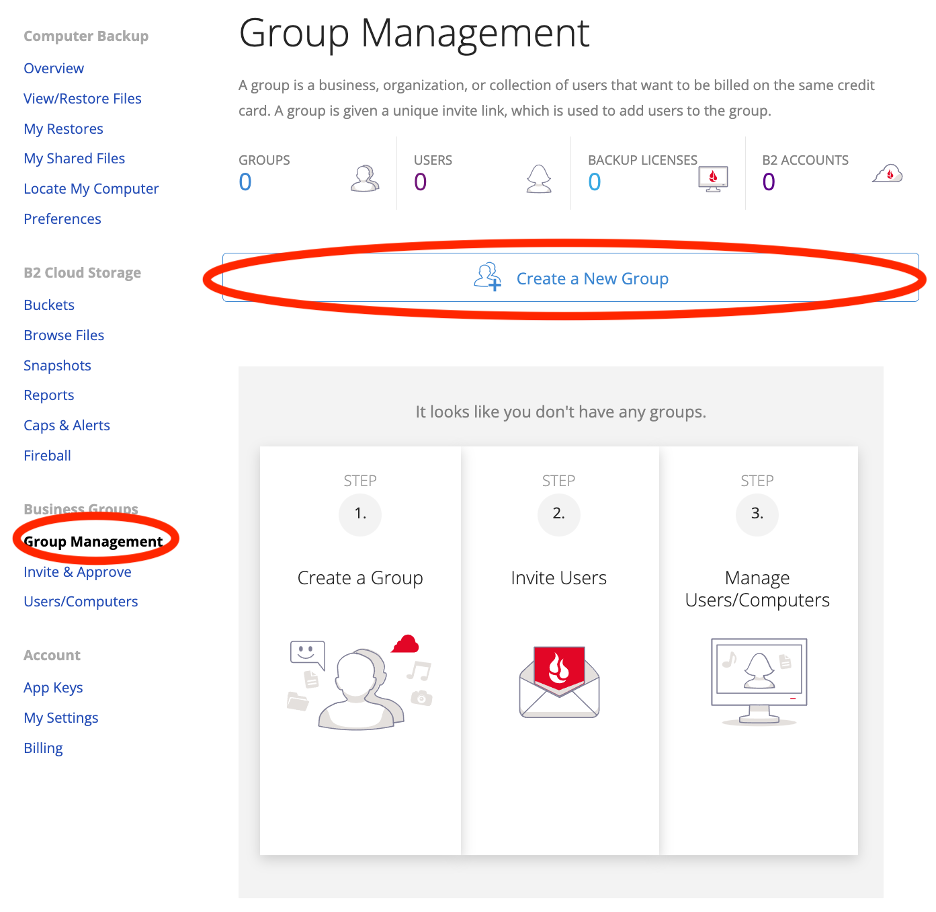
Being in a Group is entirely voluntary. Any member of a Group can leave any time they want, and Group administrators can also remove individuals from a Group at any time.
If you dissolve your Group for some reason or if someone chooses to leave, the removed person can decide whether they want to keep using Backblaze by establishing their own payment method. Perfect for when it’s time to wean the kiddos off of your shared accounts—whether they like it or not.
One last note: while you can set up and administer more than one Group with separate billing, you can only be a member in one Group.
Those are all the caveats, really. If you want to read more about the step-by-step instructions, check out our Help article about creating a Group.
Invite Members: The More the Merrier
Once you create a Group, you can invite members to join it. Copy the Group invite link Backblaze generates automatically for you. Give it to friends and family via email, chat, or any other means you’d like.
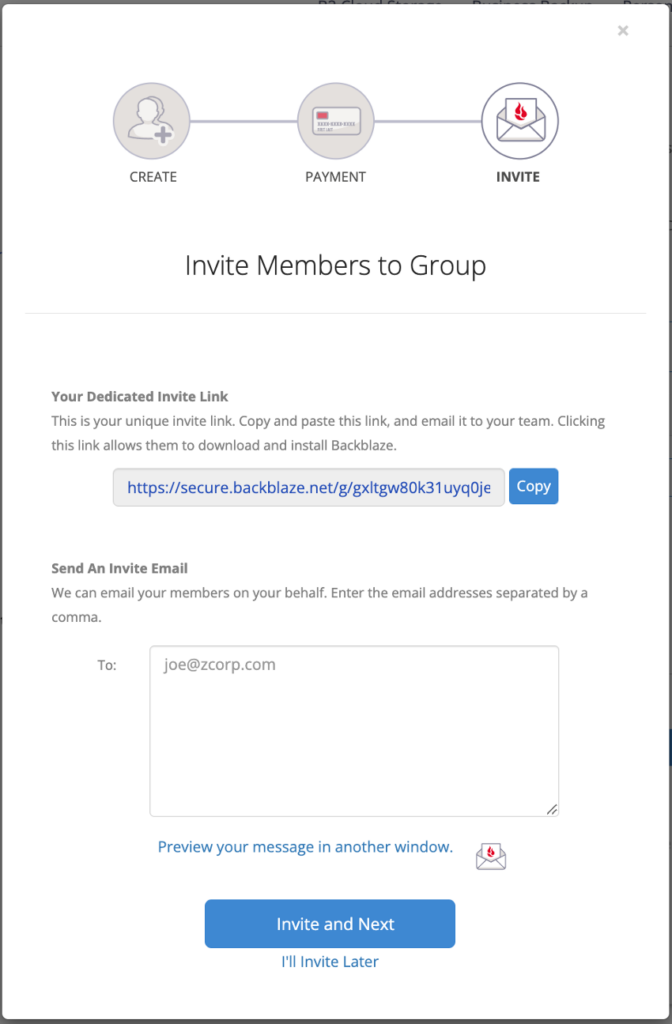
When the person you’ve invited clicks on the link, they will be prompted to either create a Backblaze account (if they don’t have one) or log in to their existing account. After completing this step, they will be prompted to download Backblaze. If they are already using Backblaze, there is no need for a reinstallation; they will seamlessly become a part of your Group.
Once an existing user successfully joins your Group, they’ll be under your billing account. Their existing credit card will automatically receive a prorated refund for the remaining portion of their previous Backblaze license. There is no need to worry about re-uploading data—their backup remains securely stored in Backblaze.
Newcomers to Backblaze can download and install the client to initiate their initial backup process. As the Group administrator, you will have the capability to monitor their backup progress. Remember that the first backup of data may take some time, but after that, everything will run smoothly in the background.
Go Forth and Conquer, Mighty IT Manager
We understand that being the go-to “tech person” for your family and friends can be challenging. We hope that Groups simplifies the process, making it easier for you to help keep your family’s data safe.

